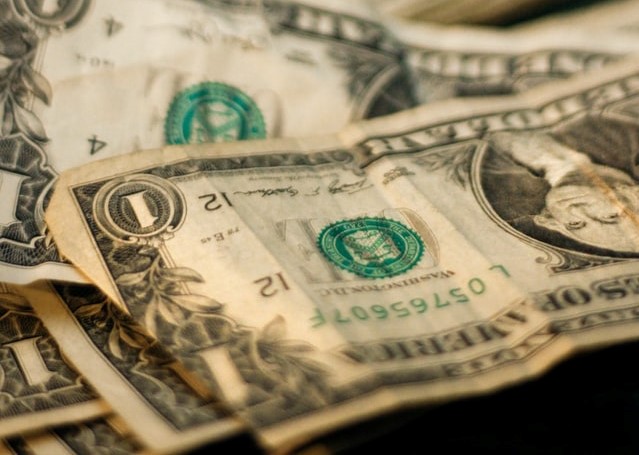
Monetary Policy & Inflation | US

Monetary Policy & Inflation | US
This article is only available to Macro Hive subscribers. Sign-up to receive world-class macro analysis with a daily curated newsletter, podcast, original content from award-winning researchers, cross market strategy, equity insights, trade ideas, crypto flow frameworks, academic paper summaries, explanation and analysis of market-moving events, community investor chat room, and more.
The Fed is behind the curve. How far? The difference between the actual Federal Funds Rate (FFR) and the Taylor rule FFR can tell us.
The Taylor rule is a rule of thumb that describes monetary policy as reflecting both the deviation of inflation and unemployment from their long-term trends. The Fed’s policy rate typically nears the Taylor rule at the end of each tightening cycle, so if there is a big gap, it means the Fed will have to hike a lot. Right now, the gap is massive: the last time the Fed was so far behind was the second oil shock in the late ’70s (Chart 1).
And yet the Fed’s own economic projections at the March FOMC meeting show it falling further behind. Since then, Chair Jerome Powell and Vice Chair Lael Brainard have embraced market pricing of a higher end-2022 FFR. But even current market pricing leaves the FFR well short of the Taylor rule.

The Fed’s reluctance to tighten more aggressively could reflect its strong belief in the expectations-augmented Phillips curve (EAPC). That model suggests as long as inflation expectations remain anchored, input price shocks (e.g., the current jumps in oil prices) only have a transitory impact on inflation. But the data disproves that model.
Headline PCE has been accelerating since Q1 2021 and is now nearly 6.5%, despite roughly stable inflation expectations. For instance, the University of Michigan 5-10yrs ahead inflation expectations have only increased to 3% from about 2.5% before the pandemic. The Fed’s own index of common inflation expectations, which includes BEs as well as survey-based expectations, has only increased to the level of 2014 when core PCE was stuck in a range around 1.5%.
In my view, the currently high inflation reflects a combination of positive demand shocks (through the unprecedented fiscal and monetary responses to the pandemic), negative supply shocks (with the Ukraine crisis tacking on a new shock to the pandemic-generated one), and inflation inertia.
Contrary to what the expectations-augmented Phillips curve implies, inflation shocks are not always self-correcting. Even though fiscal policy has turned strongly restrictive and there were signs of improvements in supply bottlenecks before the Ukraine crisis, US inflation has continued to accelerate. The shocks and resulting inflation are so large that strong Fed tightening will be needed to stabilize the economy.
There is a precedent for the Fed sticking to an inflation model falsified by the data: the 1970s. In 1968, inflation climbed above 4% and remained high for most of the following decade, except for a period of wage and price controls in 1971-73. It took until 1979 or even late 1980 (the Fed relaxed its policies briefly in mid-1980) for the Fed to implement policy tightening strong enough to trigger disinflation.
As in the 1970s, today’s Fed is likely reluctant to tighten out of concern over a hard landing. Also, the EAPC has been central banks’ way of claiming credit for the period of macroeconomic stability that lasted from the mid-1980s to the GFC, which they dubbed the ‘great moderation’. In their view, it is the credibility of their policies that anchored inflation expectations. Understandably, they will not relinquish the EAPC without great regret.
By end-year however, persistently high inflation is likely to convince the Fed to move its policy tightening into a higher gear. The precedent of the 1970s, when the Fed started tightening in earnest after it had fallen behind the curve, suggests the FFR will have to rise to its Taylor rule value, which I estimate at around 8%. Fed tightening after the first oil shock fell short of the Taylor rule FFR, and inflation did not decline.
In addition, with inflation so high, the Fed will have no choice but to keep tightening even if growth turns negative. The Fed raised rates through 1979-81 (or targeted money growth in such a way as to maintain rising/high FFR) even though unemployment increased from 5.5% mid-1979 to 10.5% at end-1982.
In my view, the market is underpricing the eventual tightening the Fed will have to implement. Put simply, we are in for a bumpy ride…
Spring sale - Prime Membership only £3 for 3 months! Get trade ideas and macro insights now
Your subscription has been successfully canceled.
Discount Applied - Your subscription has now updated with Coupon and from next payment Discount will be applied.